Major advances in technology and design make the innovative Beretta A400 Upland a joy to shoot, writes Mike Yardley in this detailed review
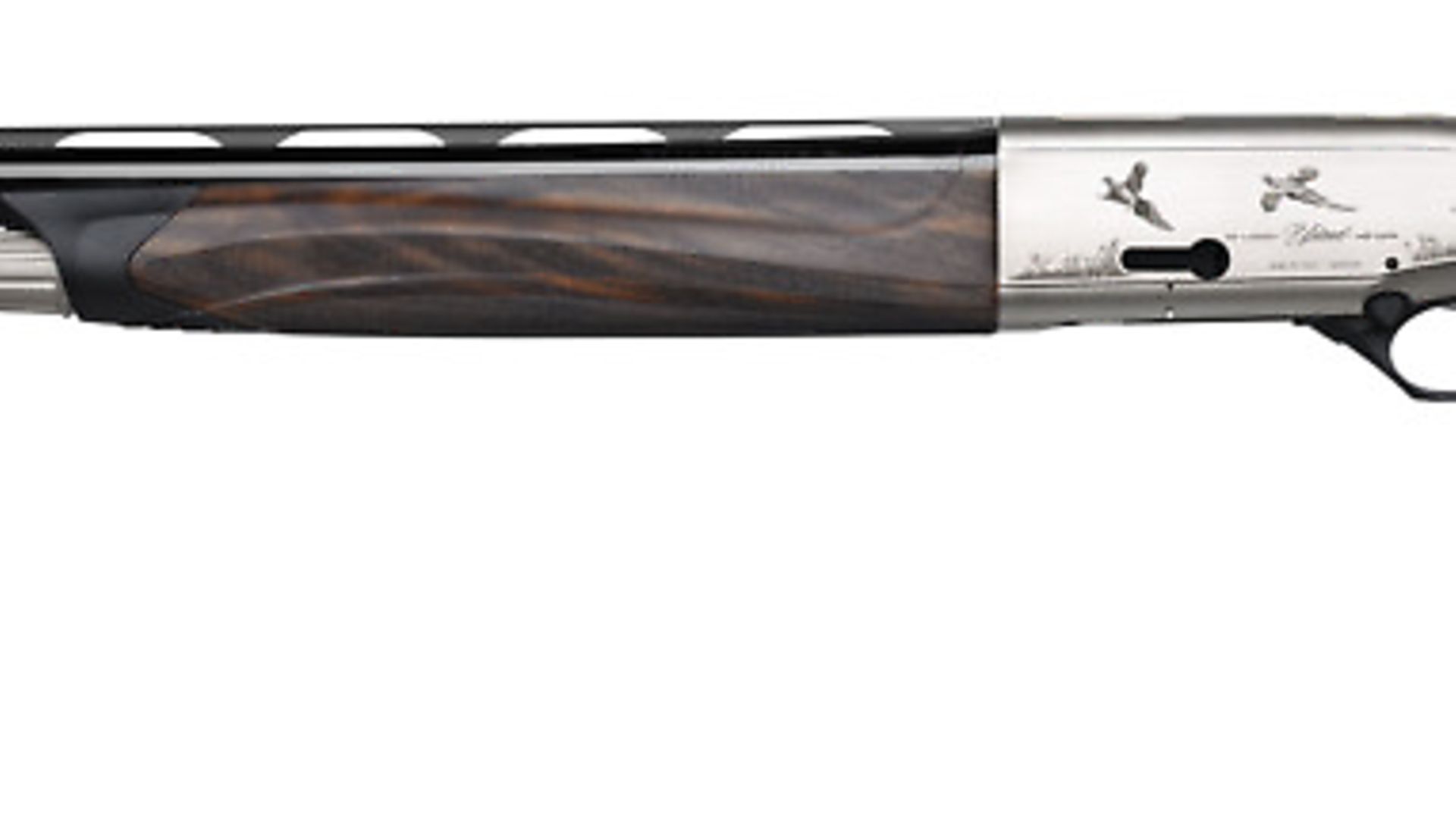 credit: Archant
credit: Archant
BERETTA A400 UPLAND - OVERVIEW
We like: The handling and shooting qualities; The lack of felt recoil; The medium weight
We don't like: The standard stock length is a bit short but easily modified.
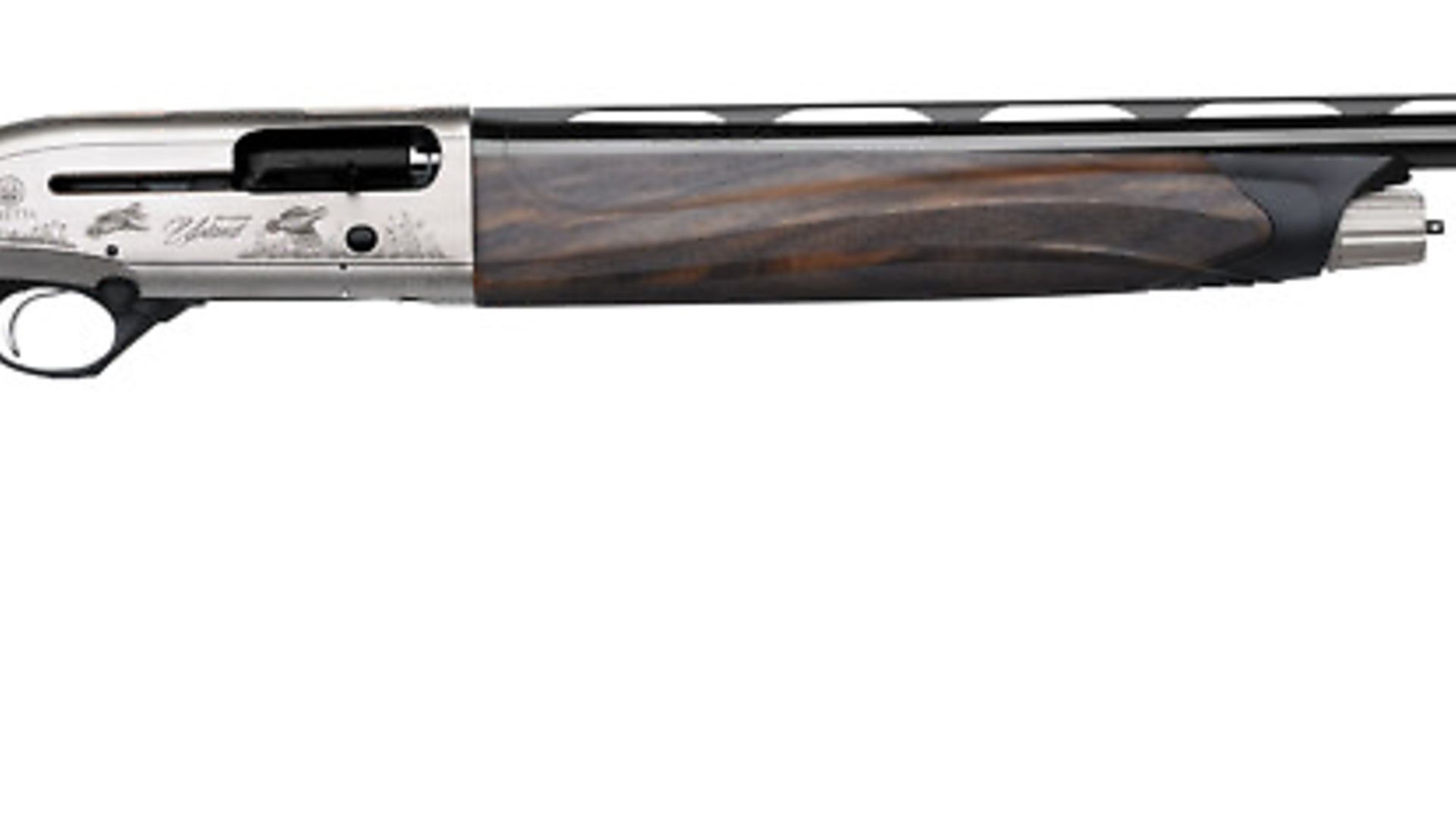 credit: Archant
credit: Archant
TECH SPECS - Beretta A400 Upland
Mechanism: gas-operated semi-automatic
Bore: 12 (18.6mm)
Chamber: 3" (76mm)
Chokes: Optima flush fit
Rib: 6mm
Weight: just over 7 pounds
RRP.: £1,725
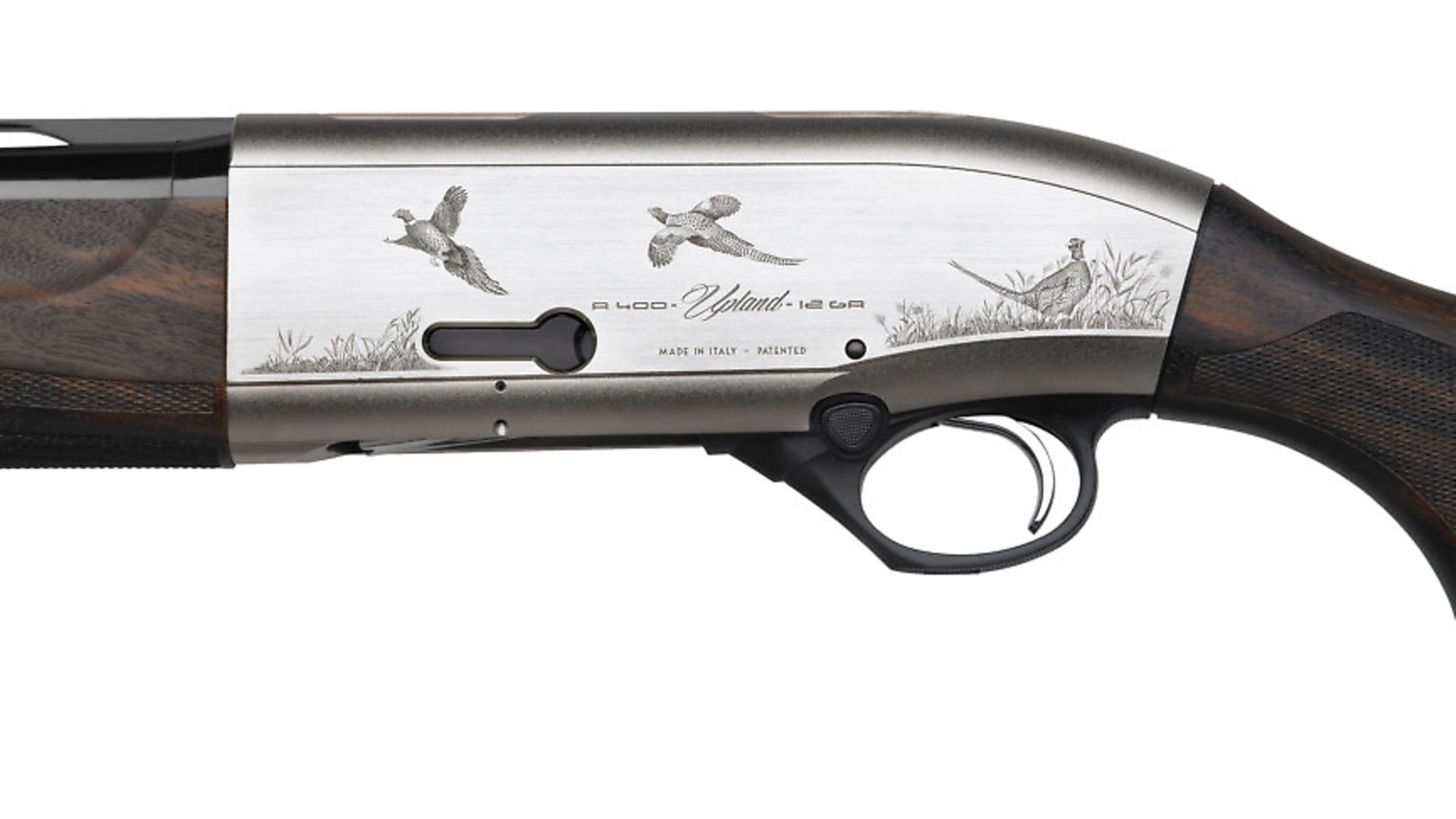 credit: Archant
credit: Archant
BERETTA A400 UPLAND - IN DEPTH REVIEW
This month, we are looking at a new variant of the now well-proven and much-liked Beretta A400 gas-operated semi-automatic. The test gun is the Upland model with the new Kick-Off Plus recoil reduction system.
I am a great fan of Beretta semi-autos. I have had lots of them, but my particular favourite remains the 303 with 30" or 32" barrels. I've shot hundreds of thousands of clays with mine and more than my fair share of pigeons. For me, the 303 sets the standard. Just for the record, though, the 390 and 391 were excellent too. I was not, frankly, quite as fond of the early A400s, but the ones I've tested recently have impressed, and, without giving too much away too early, so did the Upland test gun.
In most respects, it's similar to other 400 models - alloy action, gas-operated mechanism with rotating bolt-head (which first appeared in the Xtrema Magnum). The matt nickel finish and lasered game bird decoration is not over the top, although my preference on repeaters is for plain metal. The test gun is wood stocked and has the new Kick-Off Plus recoil reduction as mentioned. In this, the butt does not move relative to the face, as was the case with previous butt sole mounted versions (only the rear hand moves slightly as the recoil mechanism compresses rearwards under the force of firing). The grip is full and fills the hand well, while the fore-end is pleasantly slim. The length of pull is perhaps a whisker on the short side at just under 14 3/8" with a thinnish, but replaceable and extendable, pad fitted.
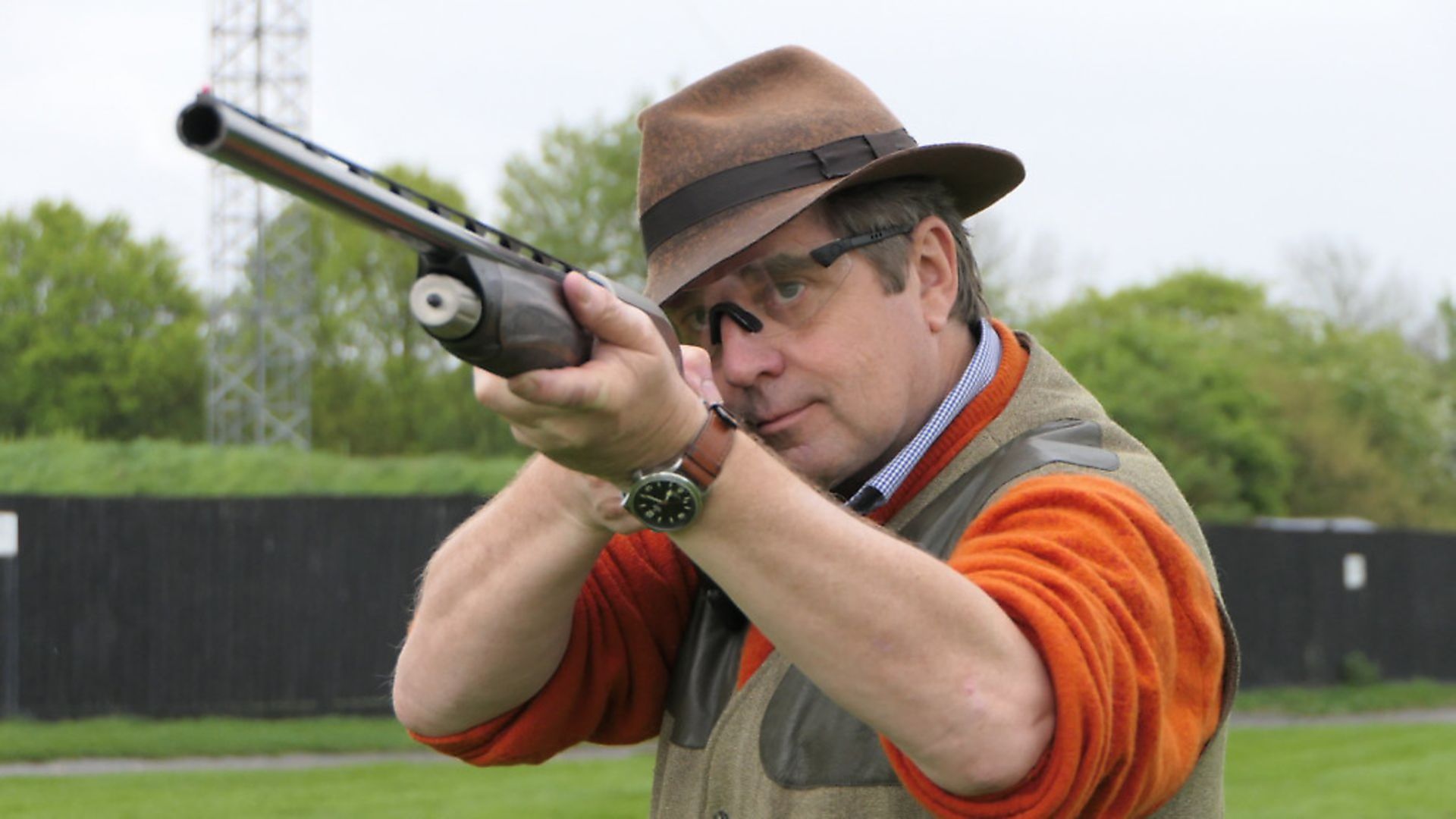 credit: Archant
credit: Archant
The test gun has a magazine cut-off on the left side of the action - not a feature I have often used, but it enables you to unload the chamber without unloading the magazine. It has a 3" (76mm) chamber, fleur-de-lys superior proof, steel-shot-friendly 'Steelium' Optima bore (18.6mm) HP barrel and chokes. There's a reversible bar-type safety forward of the trigger, and an excellent 6mm narrow game rib with a red rod front bead (I would prefer a simple and tough brass one on a field gun).
The A400 series replaced the excellent 391. But, things move on and Beretta - who make tens of thousands of semi-automatics a year - like to innovate with their designs. The 400s are built on an action which differs from most of the 300 series in having a rotary bolt head (perhaps an influence from Benelli which Beretta acquired). It was first introduced on the magnum AL391 Xtrema (see technical box), but is the norm on all A400s now which also boast an improved feed system with stainless carrier.
Beretta noted when they launched the A400 version: "This innovative new gun has passed through three years of development, 8,000 hours of engineering, 2,000 hours of testing and more than 100,000 cartridges. The A400 represents the Beretta revolution in semi-automatic shotguns and a major advance in technology, innovation and design." They have certainly made a big investment in the new guns, and save for the A350 Xtrema and A300 Outlander, all Beretta semis are built on a similar A400 platform now.
Practically speaking, the self-cleaning piston seen in the test gun - which powers the mechanism via the usual barrel bleed vents - remains in its collar when the barrel is removed. There are twin action cocking rods welded to the short steel cocking sleeve which runs on the outside of the magazine tube. The latter also has a protective plastic cover, as also seen on the Xtrema. There are other notable similarities with that model. There's no 'rat's tail' to the rear of the working parts acting on a tubed spring plunger in the stock (as on the 300 series save the Xtrema). The working parts are brought forward into battery by a coil spring positioned forward between the rear of the cocking-sleeve and the action - not by a spring in the butt.
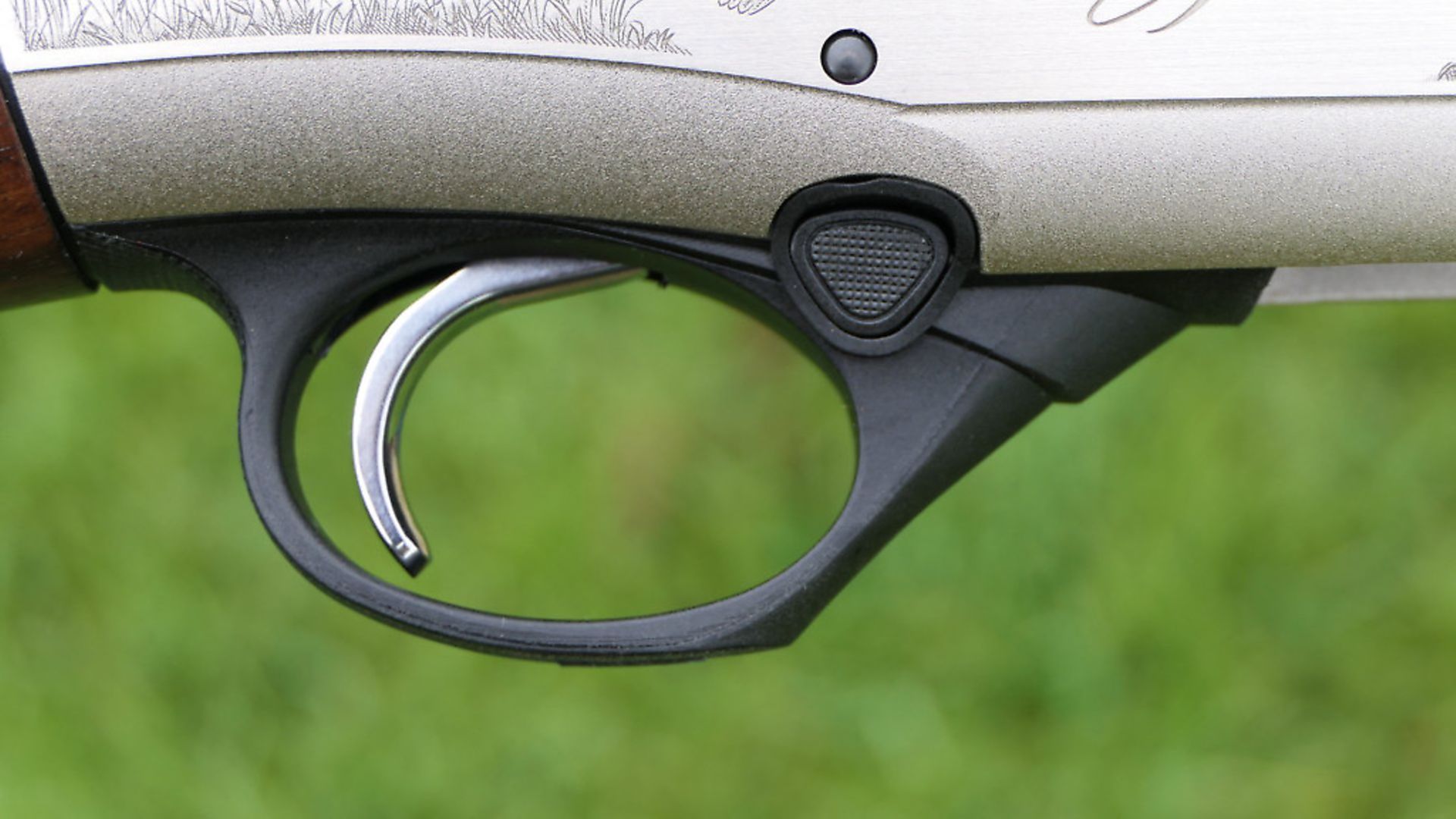 credit: Archant
credit: Archant
TECHNICAL HISTORY
The Beretta 390 replaced the 300 series (303, 302 etc) in the 1990s. It introduced a new self-compensating gas system involving a spring and washer on the front end of the gas collar. It worked well, but was more complex to take down than the earlier and significantly simpler 303 and 302 guns.
The 391, introduced in 1999, was similar to the 390 but with its pressure relief valve permanently mounted on the gas collar. It did not need to be taken apart every time one removed the barrel and fore-end as with the 390. The balance on the 391 was different too, with a new, lighter barrel contour. The 391 Optima was a further refinement with a lightly back-bored (18.6mm) barrel equipped with long, extended, thin-wall, Optima chokes.
The 391 Xtrema, intended for use with 3½" cartridges as well as standard ones, introduced a modified bolting mechanism with a rotating bolt-head. The A400 took this assault rifle-inspired feature, and added a new feed system, faster cycling, super-tough barrels made from 'Steelium' and, in several models, special recoil reduction features involving hydraulic dampeners.
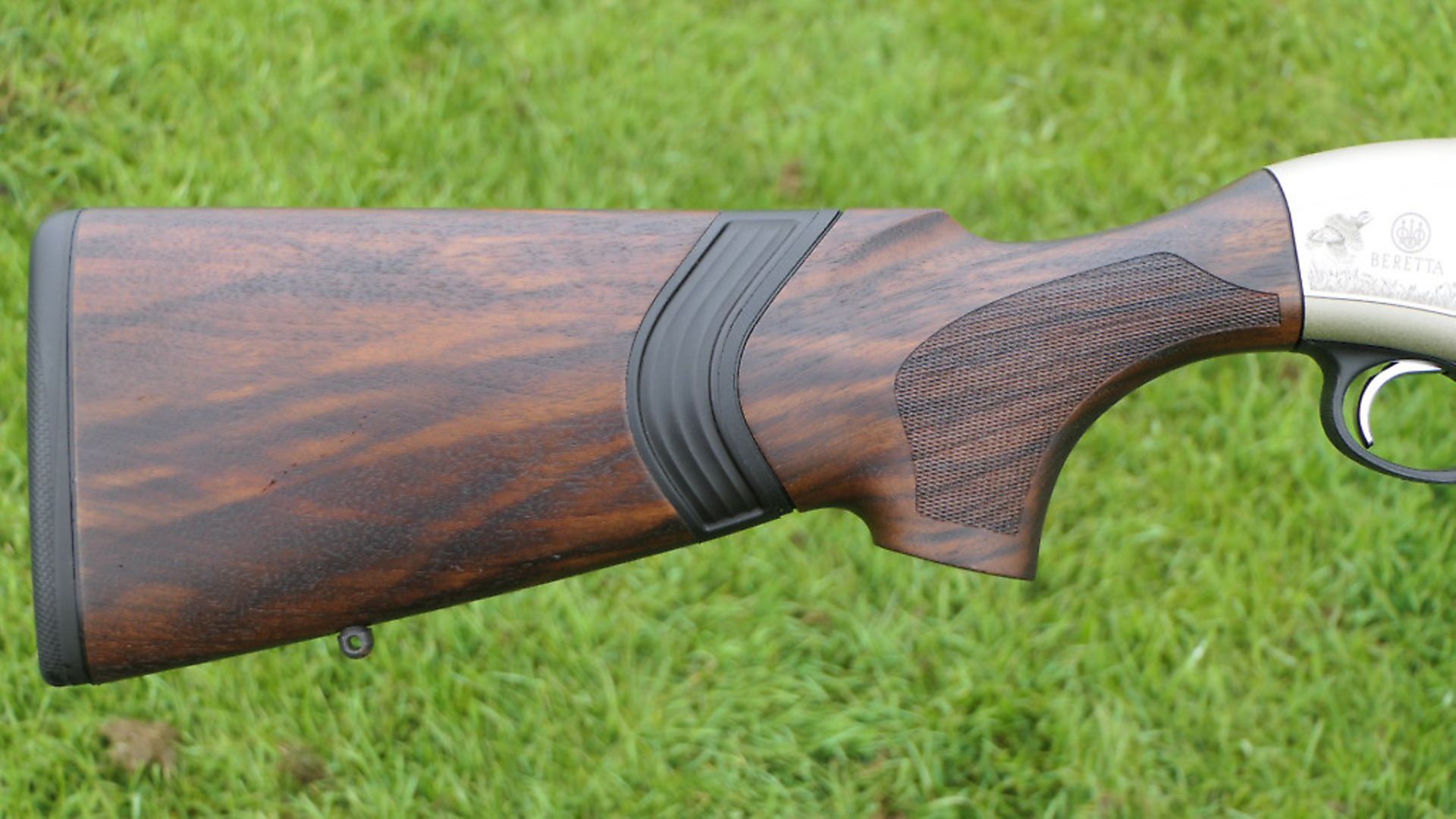 credit: Archant
credit: Archant
SHOOTING IMPRESSIONS
In a word - excellent! This was a terrific gun to shoot. The test started in my usual laboratory - Station 2 of a skeet range (the Low House bird is my datum target for gun testing). With half choke fitted the bird was smoked again and again. I then proceeded around the layout and struggled to miss anything. The gun was pointable with its 30'' tube but fast handling and comfortable to use. The weight - just over 7 pounds - suited me well. The Kick-Off plus seemed to work very well too (I did not notice it, but I did notice the lack of recoil). I also emptied my pockets of 24 and 28g Lyalvale cartridges without a malfunction, it even cycled some 65mm 24s which it should not have done theoretically. I cannot find anything bad to say about the Upland - so, I won't. It's an excellent repeater and the price won't make your eyes water too much either. It would be a ideal in a hide or walking-up and first class for clays too.
My thanks to Lyalvale Express for the cartridges used in this test
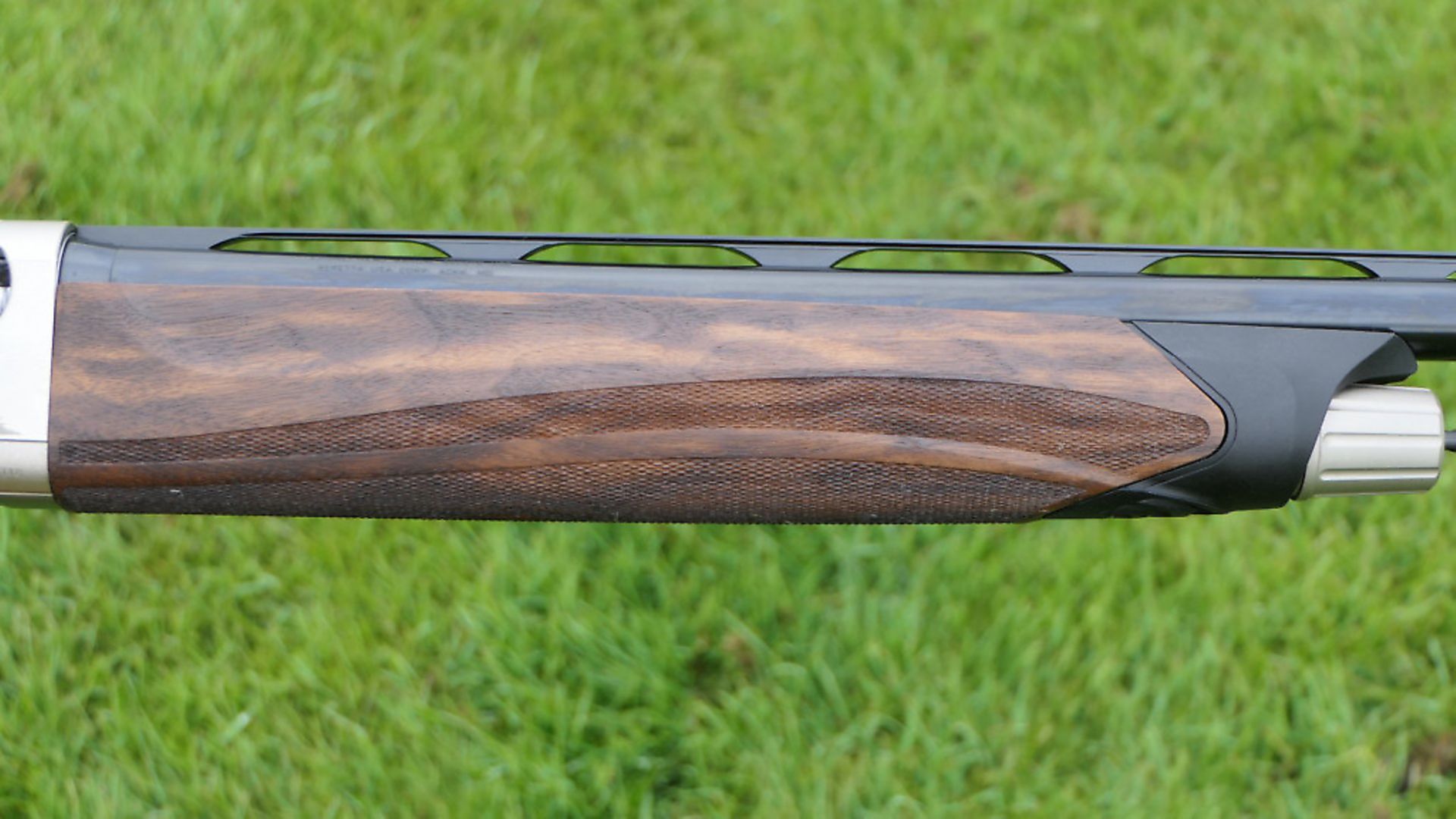 credit: Archant
credit: Archant
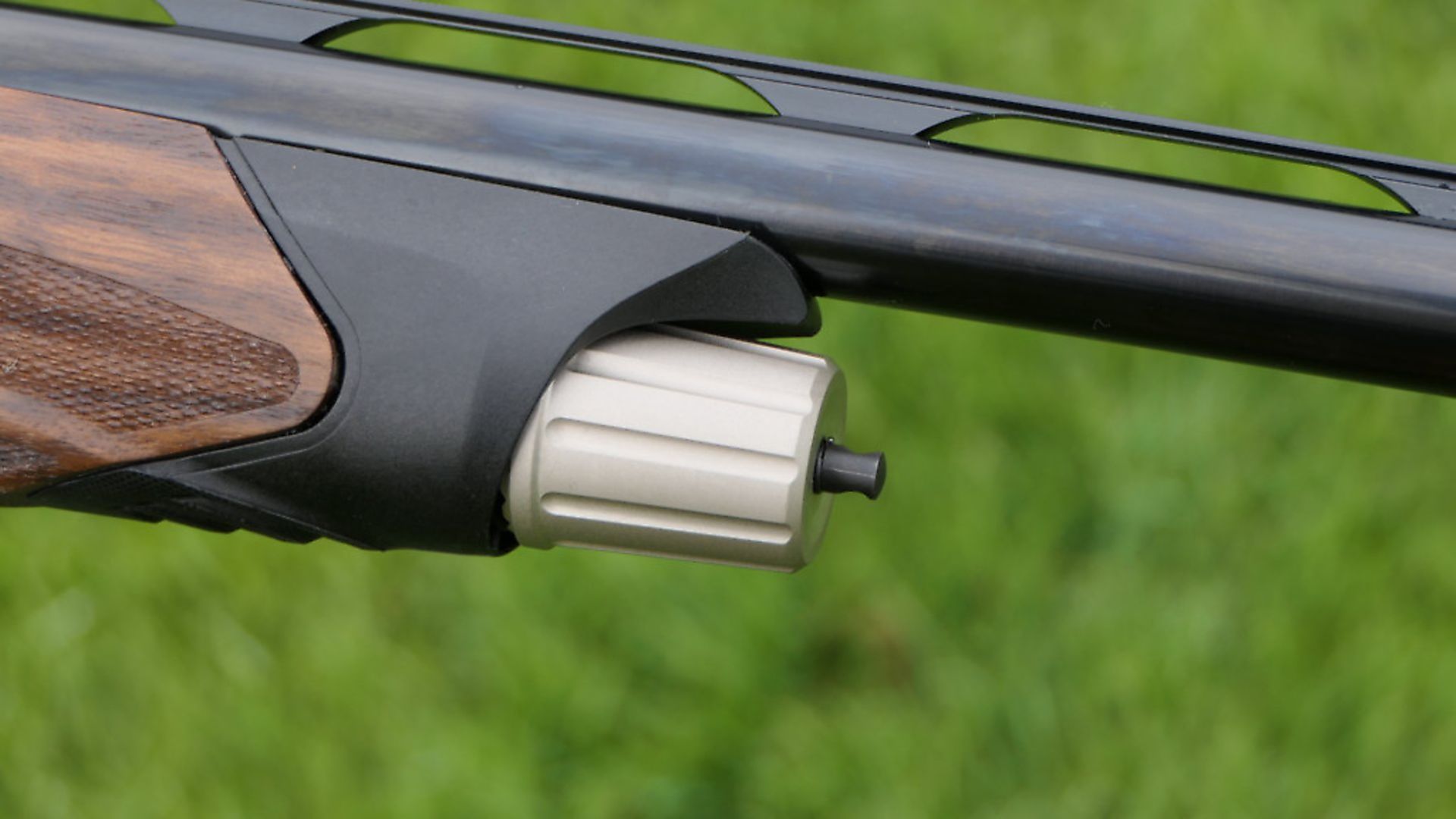 credit: Archant
credit: Archant
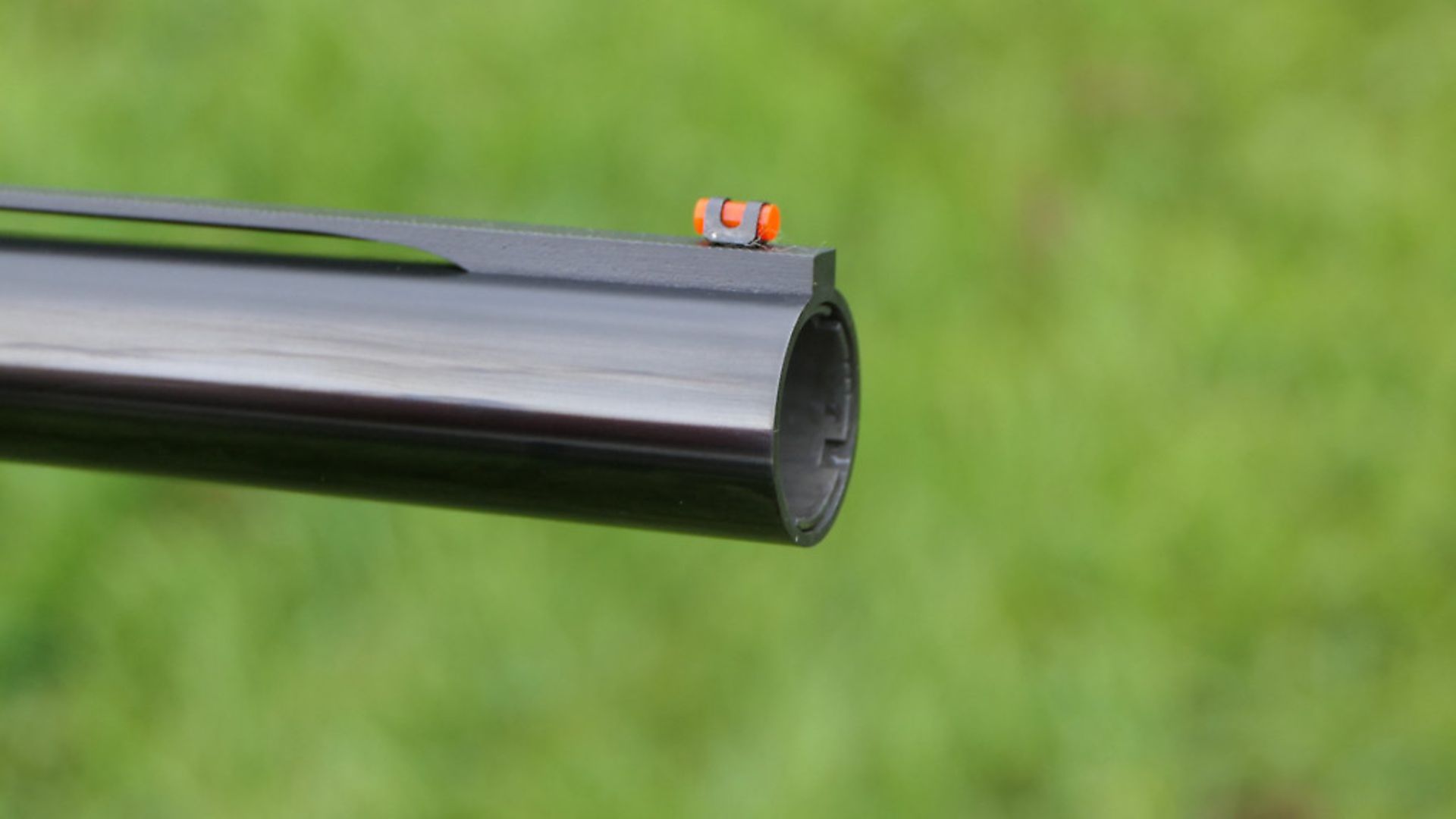 credit: Archant
credit: Archant
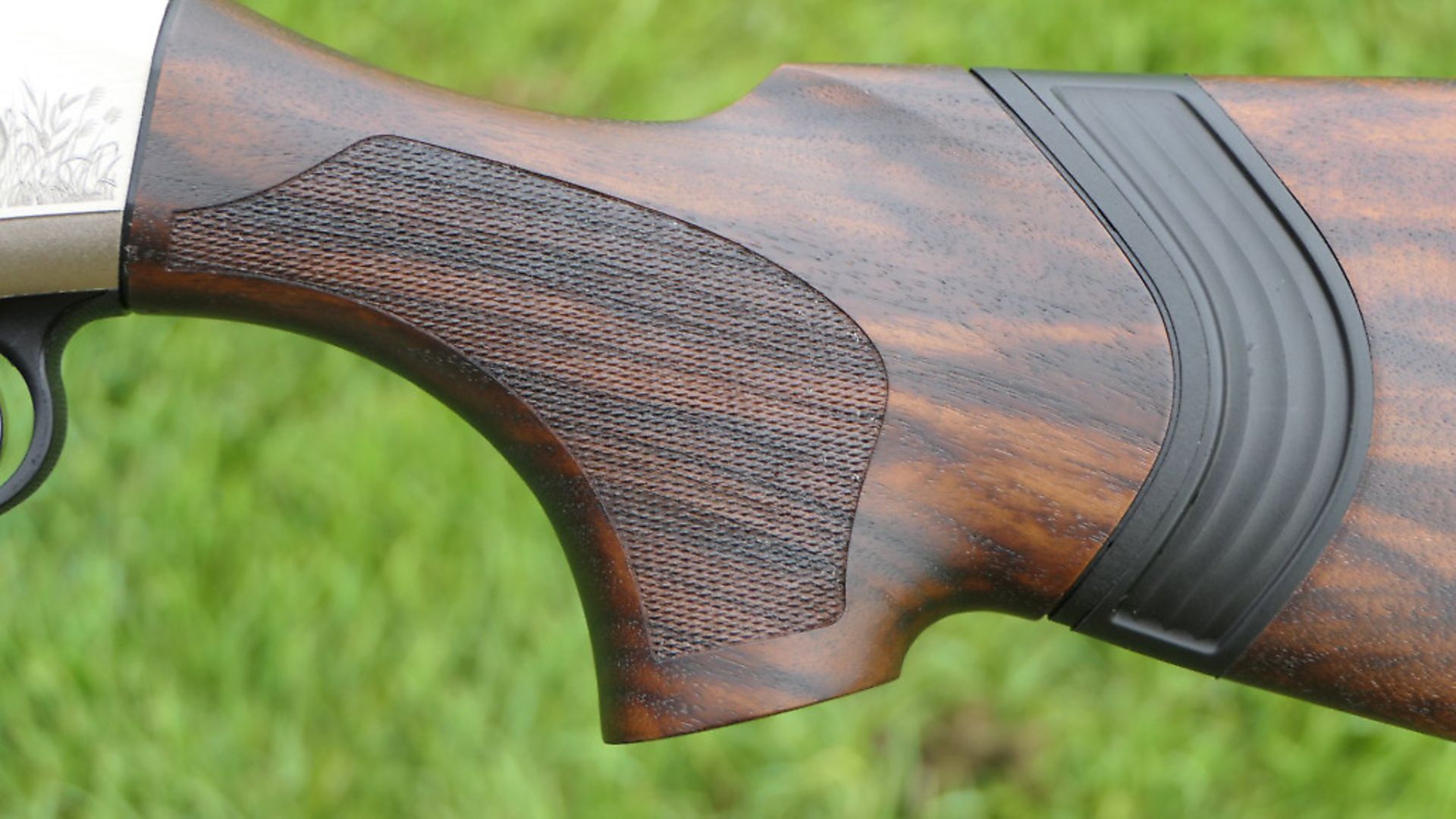 credit: Archant
credit: Archant
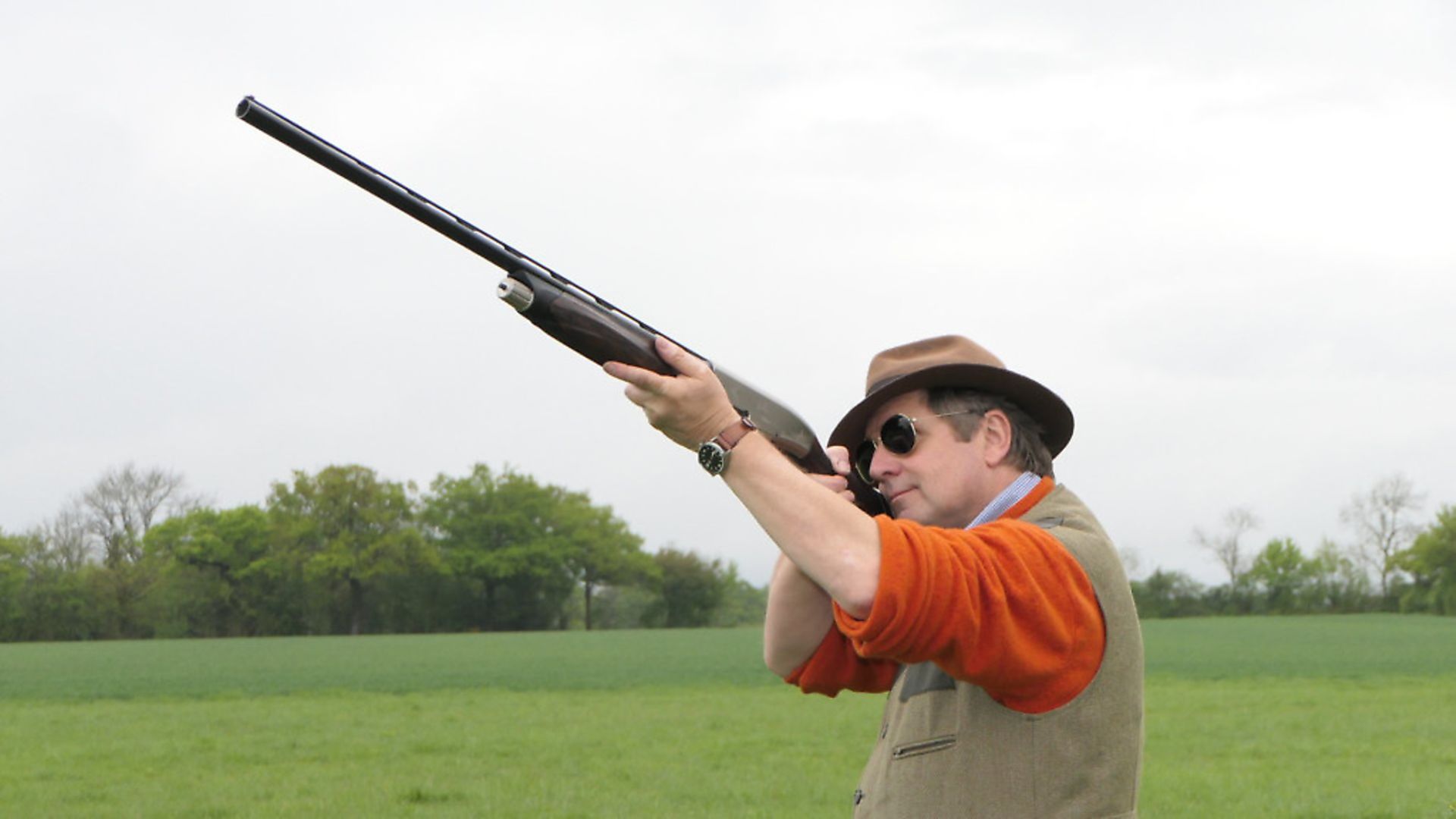 credit: Archant
credit: Archant